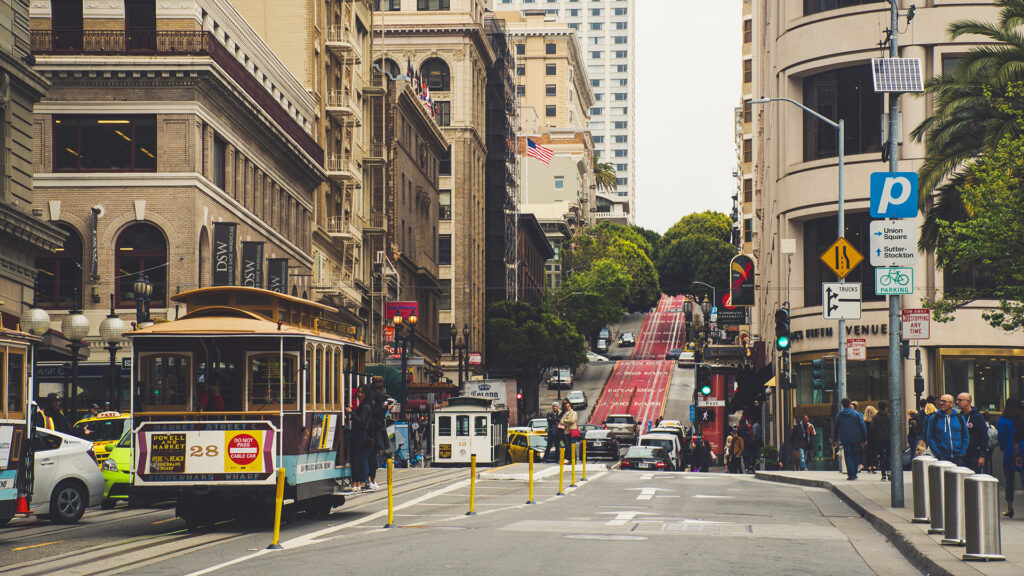San Francisco’s downtown core once accounted for most of the city’s GDP with a 70% sales tax revenue, and 40% of all jobs. And once the pandemic permeated everyday life, mass-vacancies swept across the office sector exposing a vulnerability that could impact the local commercial real estate market.

During the aftermath of the “Great Recession” from 2007 to 2009, San Francisco’s economic model became more reliant on software. Tech companies became the number one drivers in office space usage. At the time, however, it wasn’t clear just how fast the tech sector can shift from gobbling up office space to having no use for it.
We are seeing this today with emerging work patterns such as remote or hybrid work affecting office occupancy. Tech companies found it easy to work away from the office. Now, there is little incentive that can be given to proponents of remote-work culture in order to bring back employees.
Yelp and AirBnB are among the latest tech-giants who once greatly contributed to the local workforce that have gone fully remote. As a result, massive vacancies, commercial landlords expecting reductions to assessed property values and tax bills, and significantly less local spending.
A series of office leases that were signed during the peak of an economic boom are scheduled to expire in the next few years. This will only exacerbate current vacancies and diminish the value of their respective buildings should they not renew. As of now, there is over 25 million square feet of commercial space available for lease which is really ‘uncharted territory” for San Francisco.
Making matters worse, JLL predicts vacancy in Jackson Square to hit 53% in a worst-case scenario and 43% in the mid-Market area in 2024.
According to a report from the Urban Displacement Project, San Francisco ranked at the bottom of among 60 cities across North America in downtown recovery.
